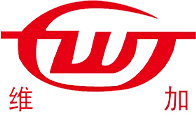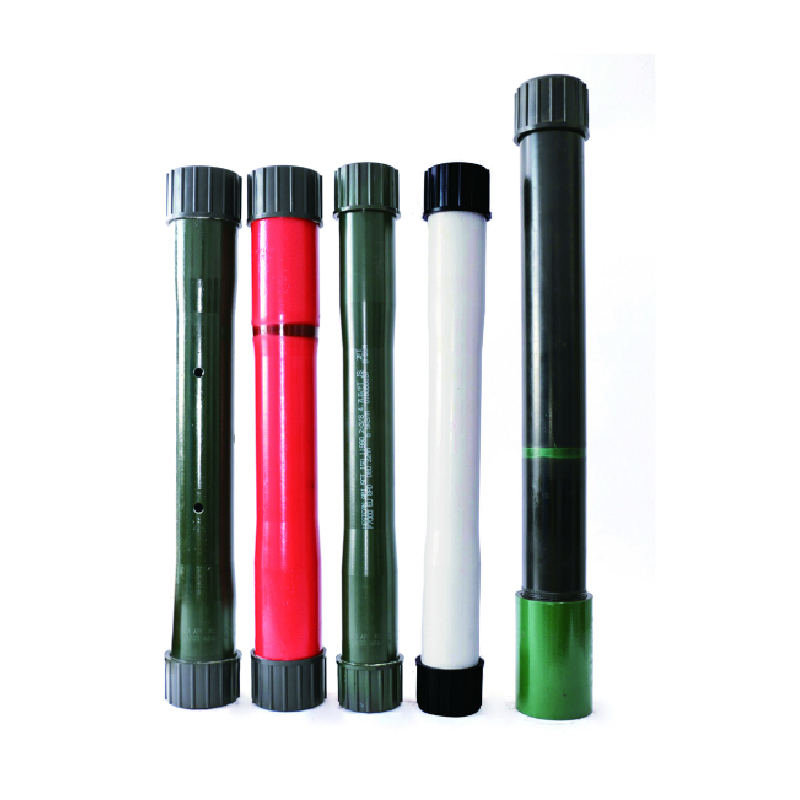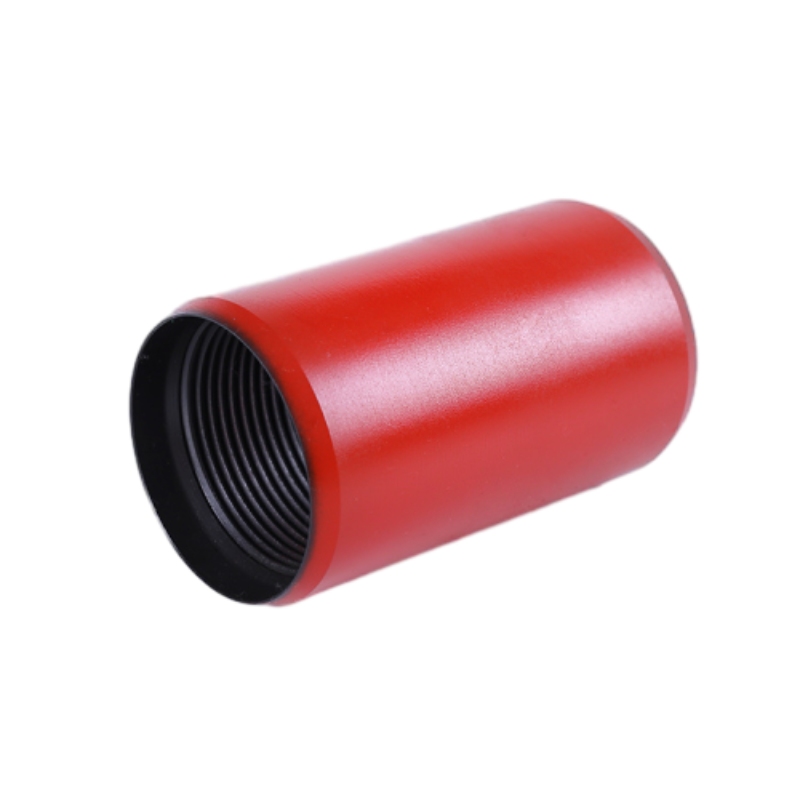Tubing Crossover | Precision, API Threads, High-Strength
What a modern tubing crossover really has to do in the field
If you’ve ever spent a shift on a workover rig—or even just sat through a pre-spud meeting—you know the humble crossover can make or break the day. The Crossover from Hengshui Weijia Petroleum Equipment Manufacturing Co., Ltd. is one of those parts that seems boring until it isn’t. And, to be honest, the way the market is going (faster interventions, harsher wells, tighter QA), the expectations are rising.

Industry trends and where crossovers fit
Three shifts I’m seeing: rising sour-service demand (Middle East, West Africa), more mixed string designs (geothermal and decommissioning, especially), and stricter traceability. The tubing crossover is the handshake between sizes and thread families—EU, NU, premium, even rotary-shoulder in some tool strings. Actually, it’s doing more: sealing reliably under repeated make/break while protecting threads from galling.
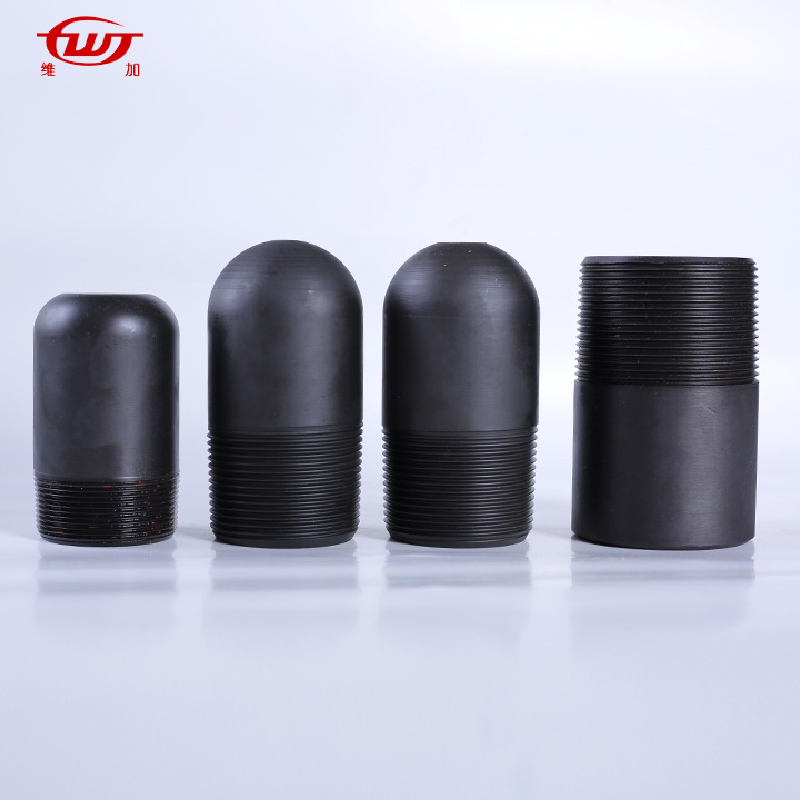
Materials, manufacturing, and testing—quick process flow
- Materials: J55/N80/L80/P110, 13Cr; for sour wells, NACE MR0175/ISO 15156-compliant steels are specified.
- Machining: CNC turning with controlled runout; thread generation to API 5B; premium profiles per license (if applicable).
- Surface: Phosphate or copper plating on threads to reduce galling; controlled Ra on sealing surfaces.
- Testing: Hydrostatic to rated service; MPI on critical areas; UT on parent material; thread gauging per API 5B; torque verification when applicable.
- Traceability: Heat number to final serial; MTRs archived; optional QR-linked records for the yard.
- Expected service life: ≈5–10 years in benign service; in sour/corrosive or high-cycle make/break duty, plan for earlier rotation—real-world use may vary.
Typical specs (field-proven ranges)
| Parameter | Value (≈ typical) | Notes |
|---|---|---|
| Size/Thread combos | 2-3/8" EU ⇄ 2-7/8" NU; 2-7/8" EU ⇄ 3-1/2" NU; premium-to-API | Custom pairings available |
| Material grades | J55, N80, L80, P110, 13Cr | Sour-service by request |
| Pressure rating | Up to tubing body rating | Hydrotested per order |
| Torque capacity | Aligned to weaker thread end | Shop verification available |
| Finish | Phosphate / Cu-plate | Anti-gall focus |
| Standards | API 5CT, API 5B, NACE MR0175 | QA per ISO 9001/API Q1 |
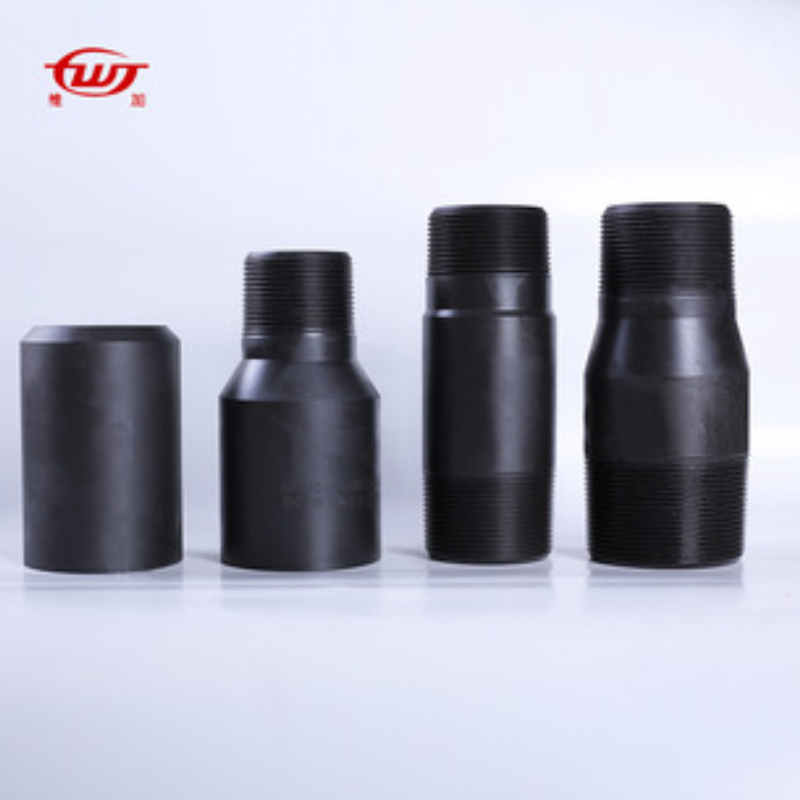
Applications and advantages
Where it shows up: completion tie-ins, workover strings, CTBHP tools, geothermal retrofits, even P&A where historic threads meet modern strings. Benefits people actually mention: fewer thread mismatches, smoother make-up (the phosphate helps), and consistent gauging. One drilling superintendent told me, “Weijia’s tubing crossover took the drama out of our night shift.” A bit dramatic, but I know what he means.
Vendor snapshot: what buyers compare
| Vendor | Certifications | Lead Time (≈) | Premium Threads | Notes |
|---|---|---|---|---|
| Hengshui Weijia (Crossover) | ISO 9001, API-related processes | 2–4 weeks | By customer license/spec | Strong customization; competitive pricing |
| Hunting Energy Services | Global QA, API Q1 | Stock to 3 weeks | Extensive | Broad footprint; premium cost |
| NOV (Grant Prideco) | API Q1, global licenses | 3–6 weeks | Extensive | High-end premium ecosystem |
| Local machine shop | Varies | 1–2 weeks | Limited | Fast turn, check QA rigor |

Customization, testing data, and certifications
Custom options: oddball thread pairings, sour-service metallurgy, special drift, and serialized laser marking. Recent shop data I reviewed showed hydro tests at body rating with zero leak, MPI acceptance at 100% on critical zones, and thread plug/ring gauges per API 5B records. Documentation packages typically include MTRs, hydro charts, and COC referencing API 5CT. Certifications: ISO 9001 QMS; API practices embedded in routing; NACE compliance when specified.
Mini case study (workover, Oman)
A service company ran a tubing crossover from 2-7/8" EU to 3-1/2" NU in a scale-prone well. Over 120 make/break cycles across three interventions, no measurable thread damage (visual plus gauge check), and no hydro leaks. The superintendent’s feedback was short: “Keep sending the same spec. It works.” Fair enough.
Buying tips
- Match torque capacity to the weaker thread standard—and verify.
- For H2S, insist on NACE MR0175/ISO 15156 and documented heat treatment.
- Ask for thread compound compatibility and recommended make-up torque.
- Don’t skip gauging records; API 5B references should be explicit.
Bottom line: a well-made tubing crossover is cheap insurance against rig-time blowups. Weijia’s Crossover hits the right notes—materials, testing discipline, and customization—without drama. And in this business, boring is beautiful.
Authoritative citations
- API Specification 5CT: Casing and Tubing.
- API Specification 5B: Threading, Gauging, and Thread Inspection of Casing, Tubing, and Line Pipe Threads.
- NACE MR0175/ISO 15156: Petroleum and natural gas industries—Materials for use in H2S-containing environments.
- API Q1: Specification for Quality Management System Requirements for Manufacturing Organizations.
- ISO 9001: Quality management systems—Requirements.
-
Tubing Crossover - API Compatible, Custom Sizes, In StockNewsNov.10,2025
-
Tubing Coupling | High-Strength, Leak-Proof Steel CouplingsNewsNov.10,2025
-
Wholesale API Threading Casing Coupling | API 5CT, Fast ShipNewsNov.10,2025
-
Pup Joint Supplier | API Certified, Custom, Quick ShipNewsNov.10,2025
-
Pup Joint Manufacturers | Precision Machined, Fast DeliveryNewsNov.10,2025
-
Tubing Coupling | Precision Steel, Leak-Proof, Fast DeliveryNewsNov.03,2025
